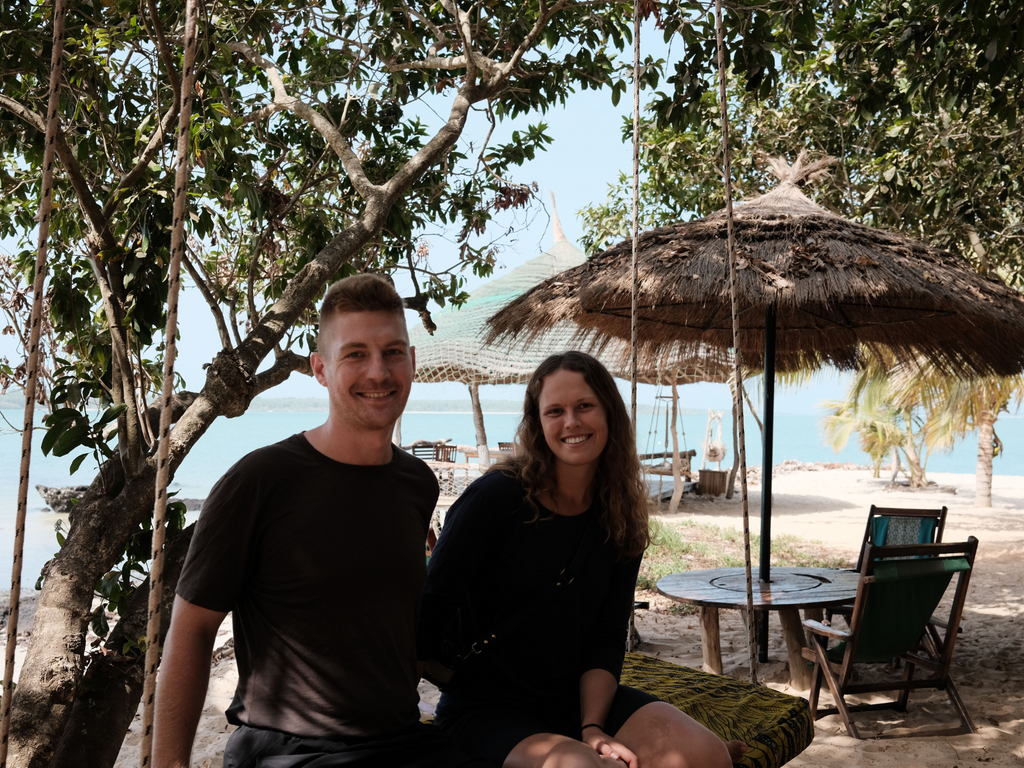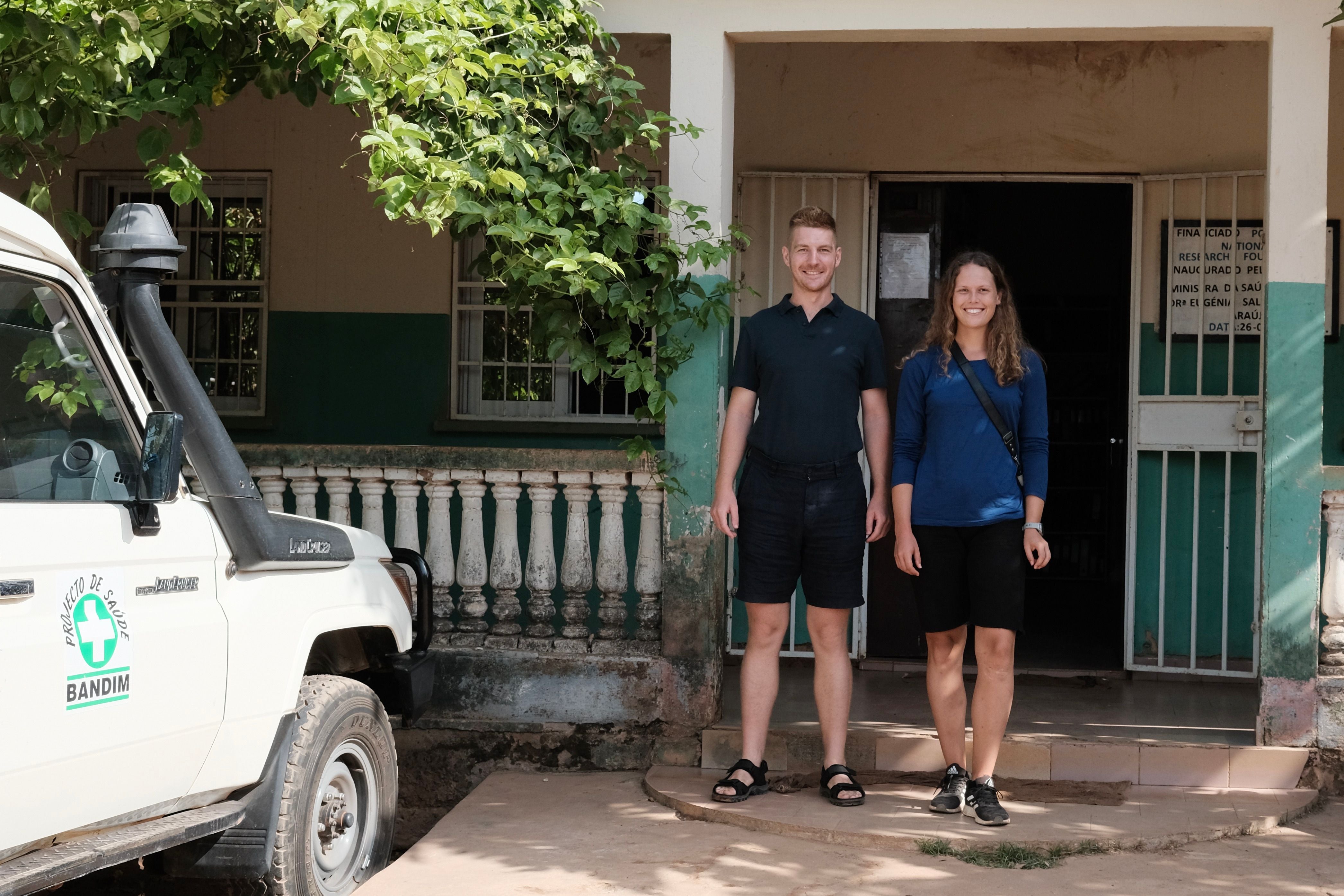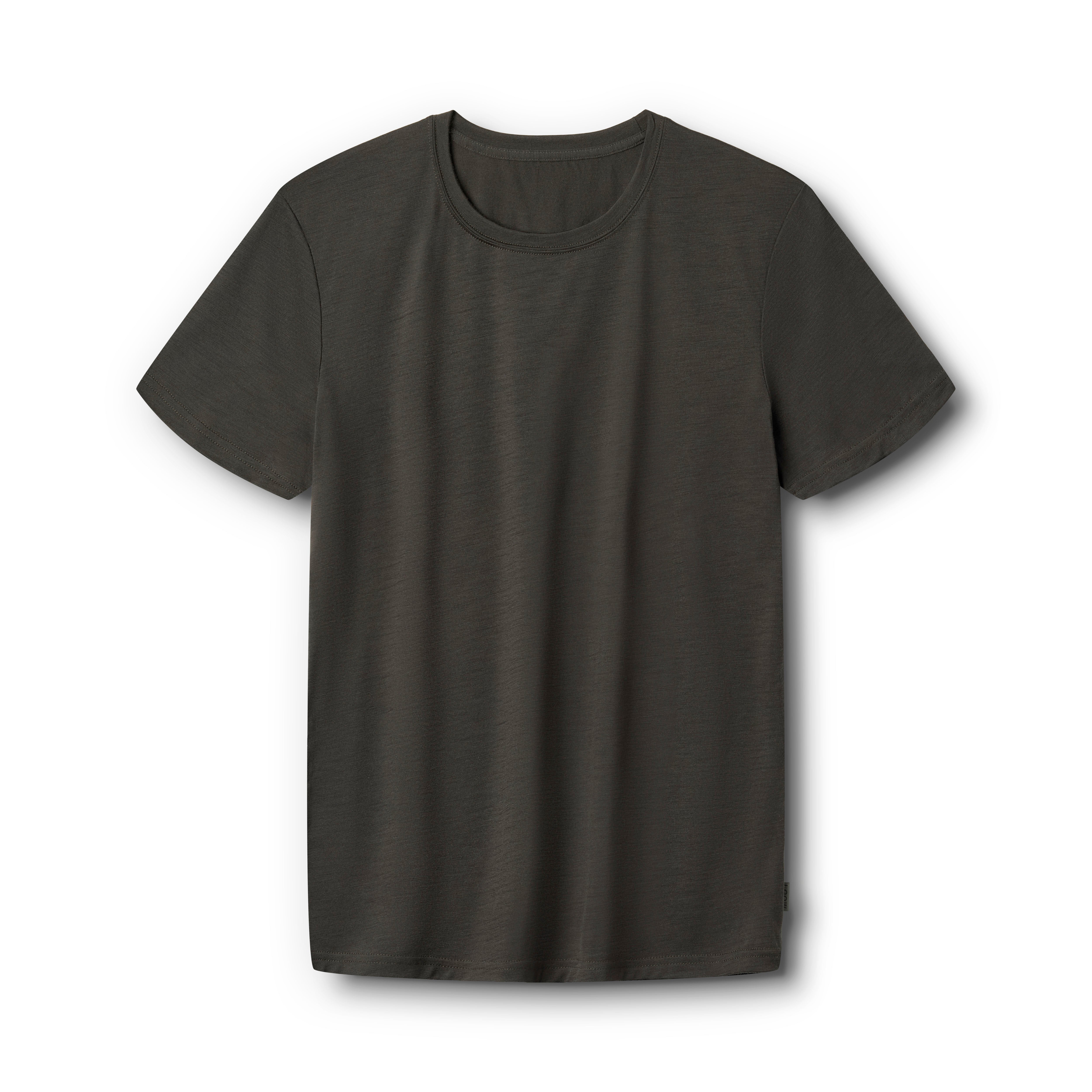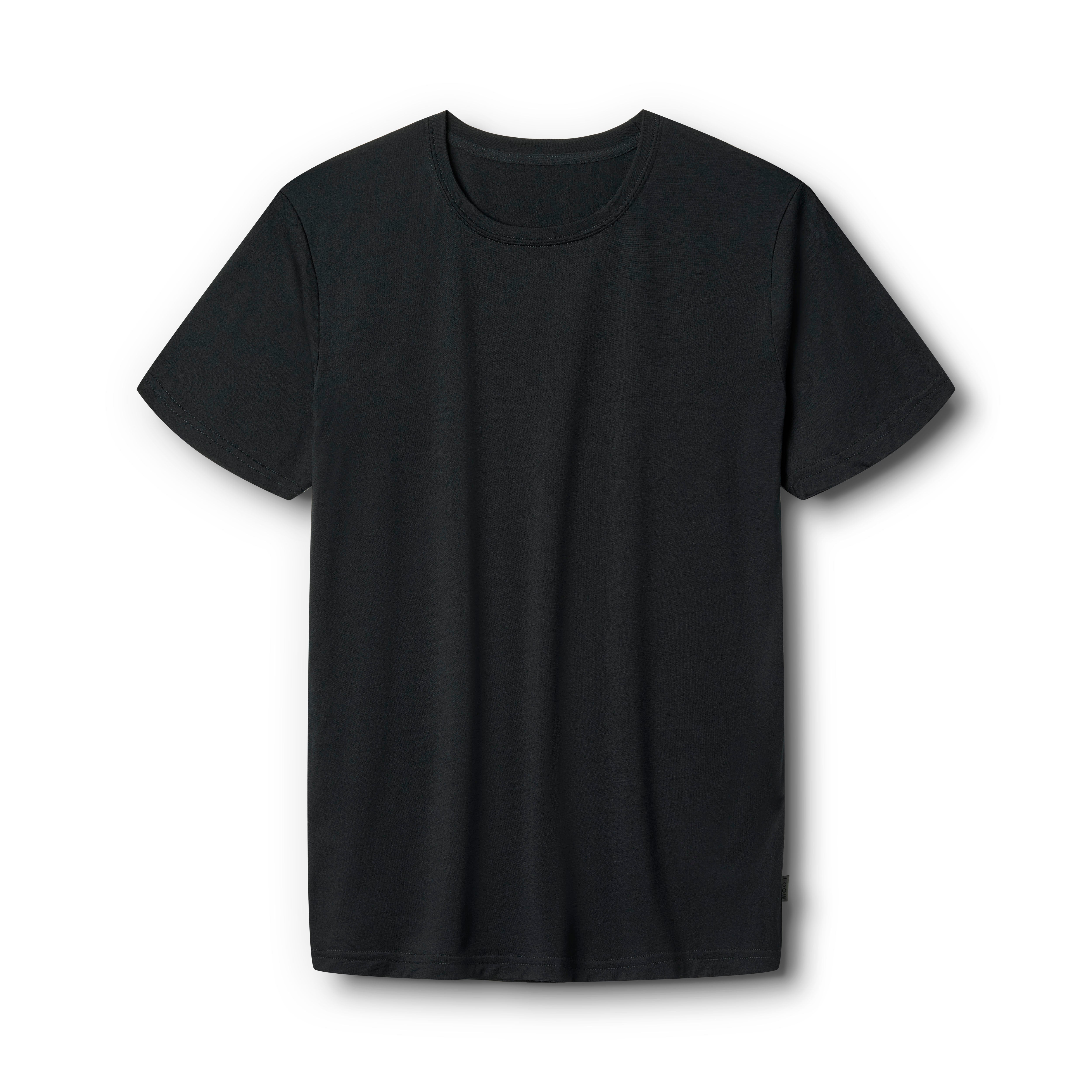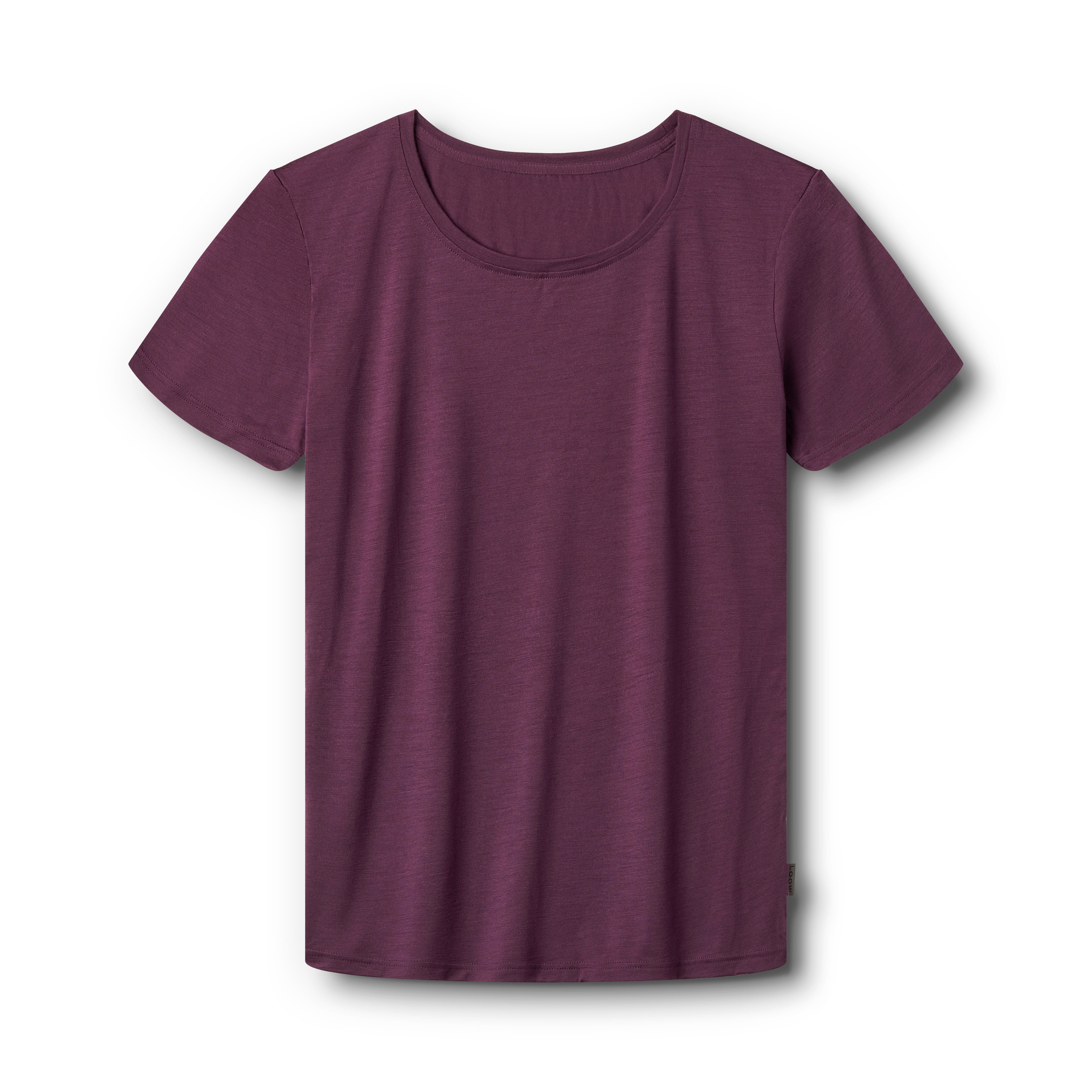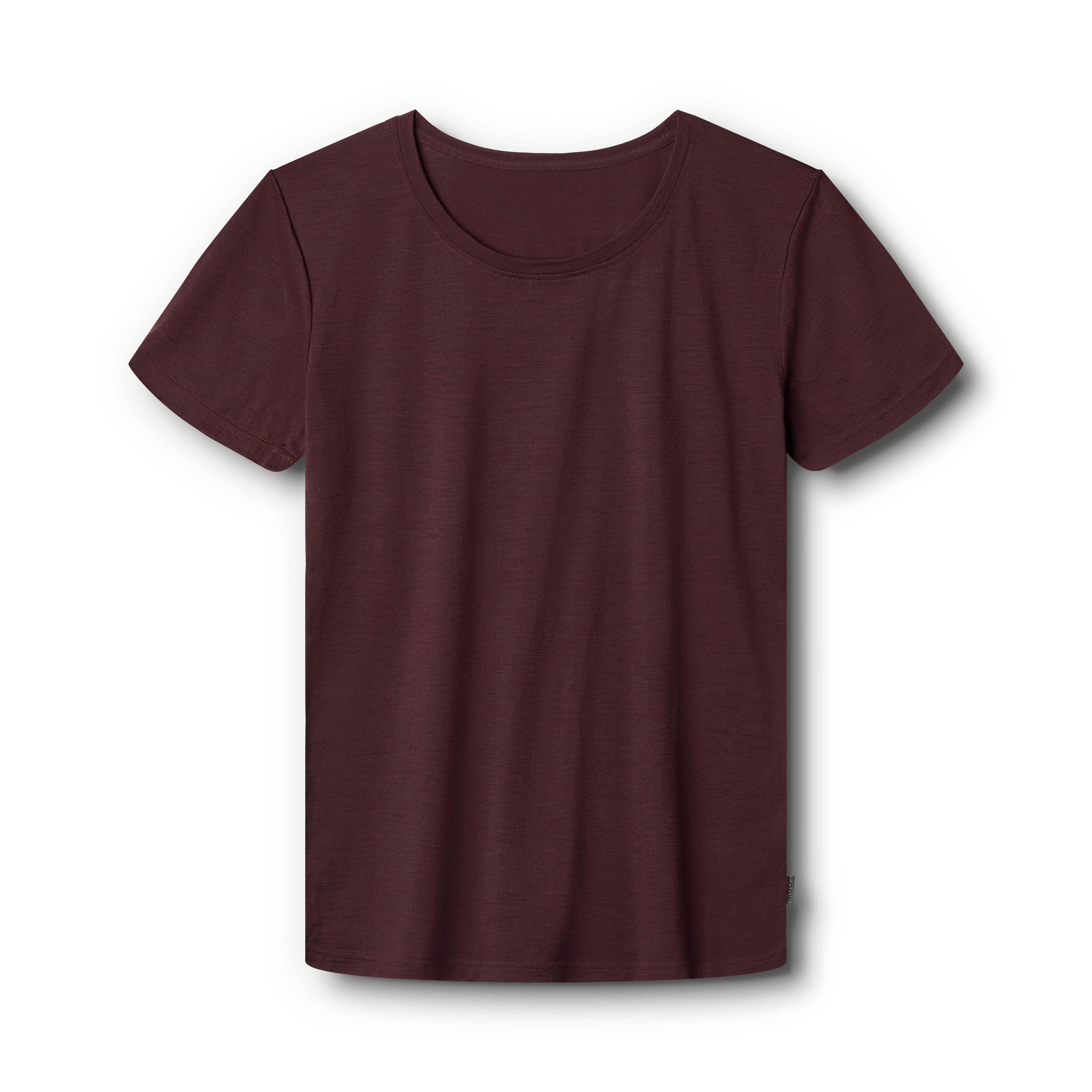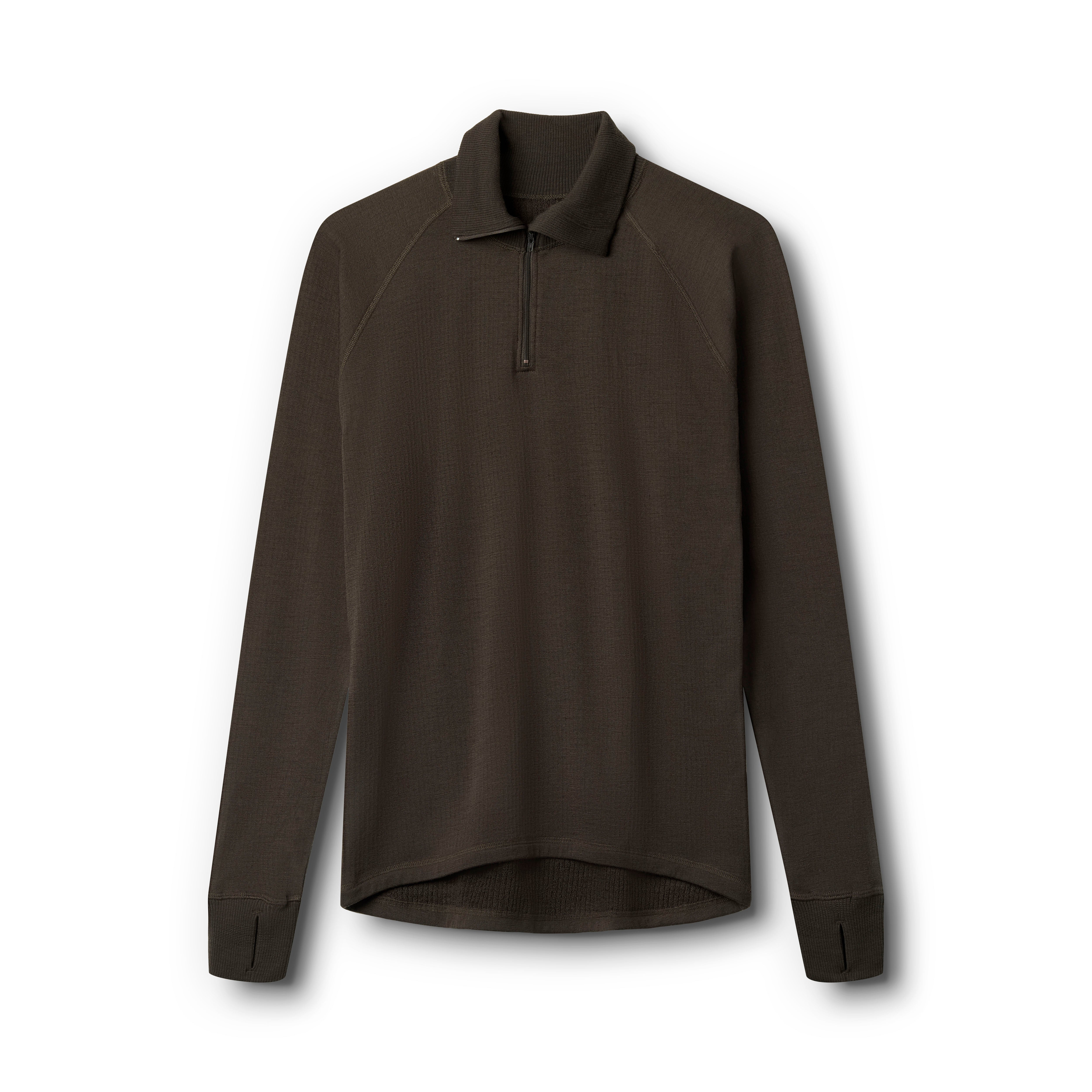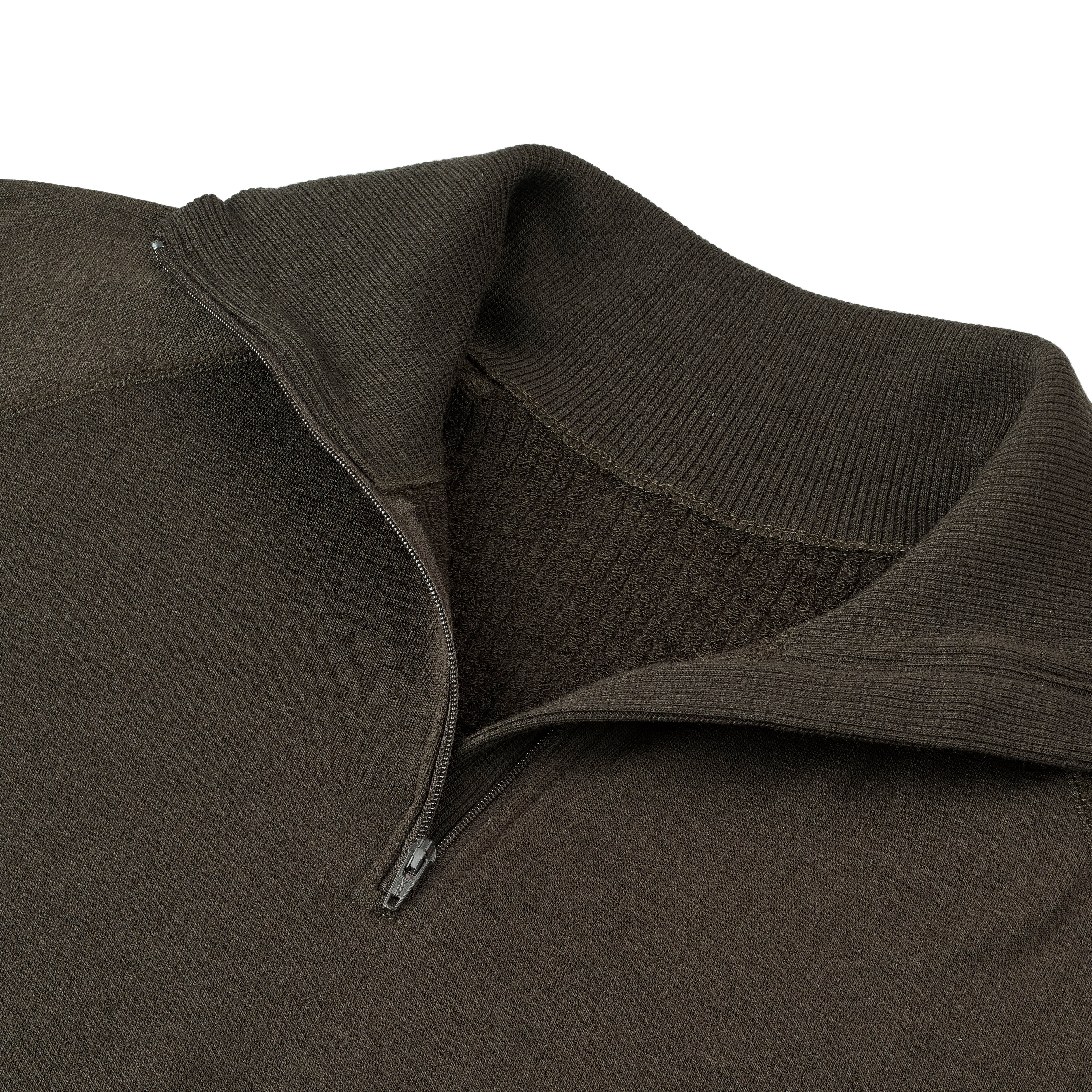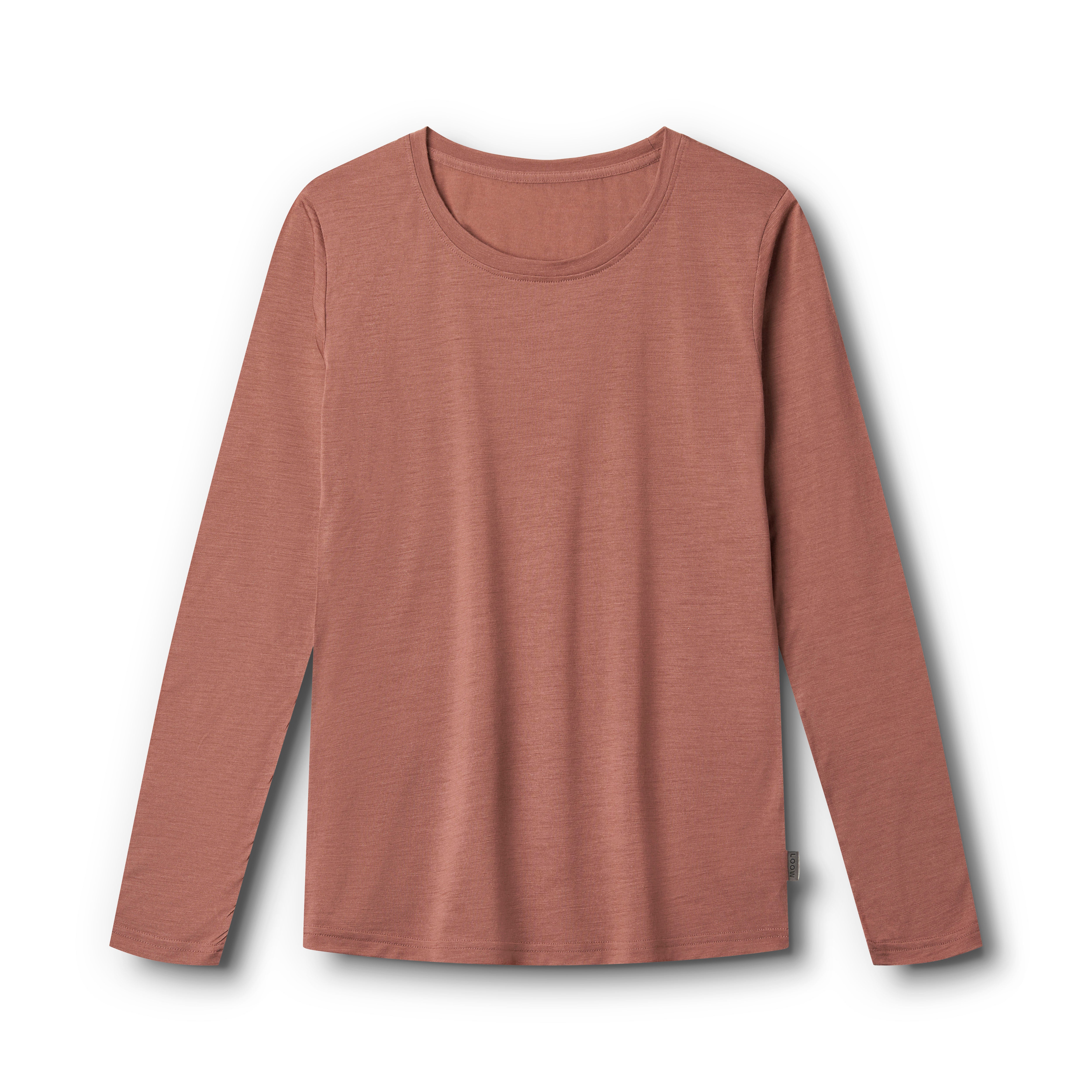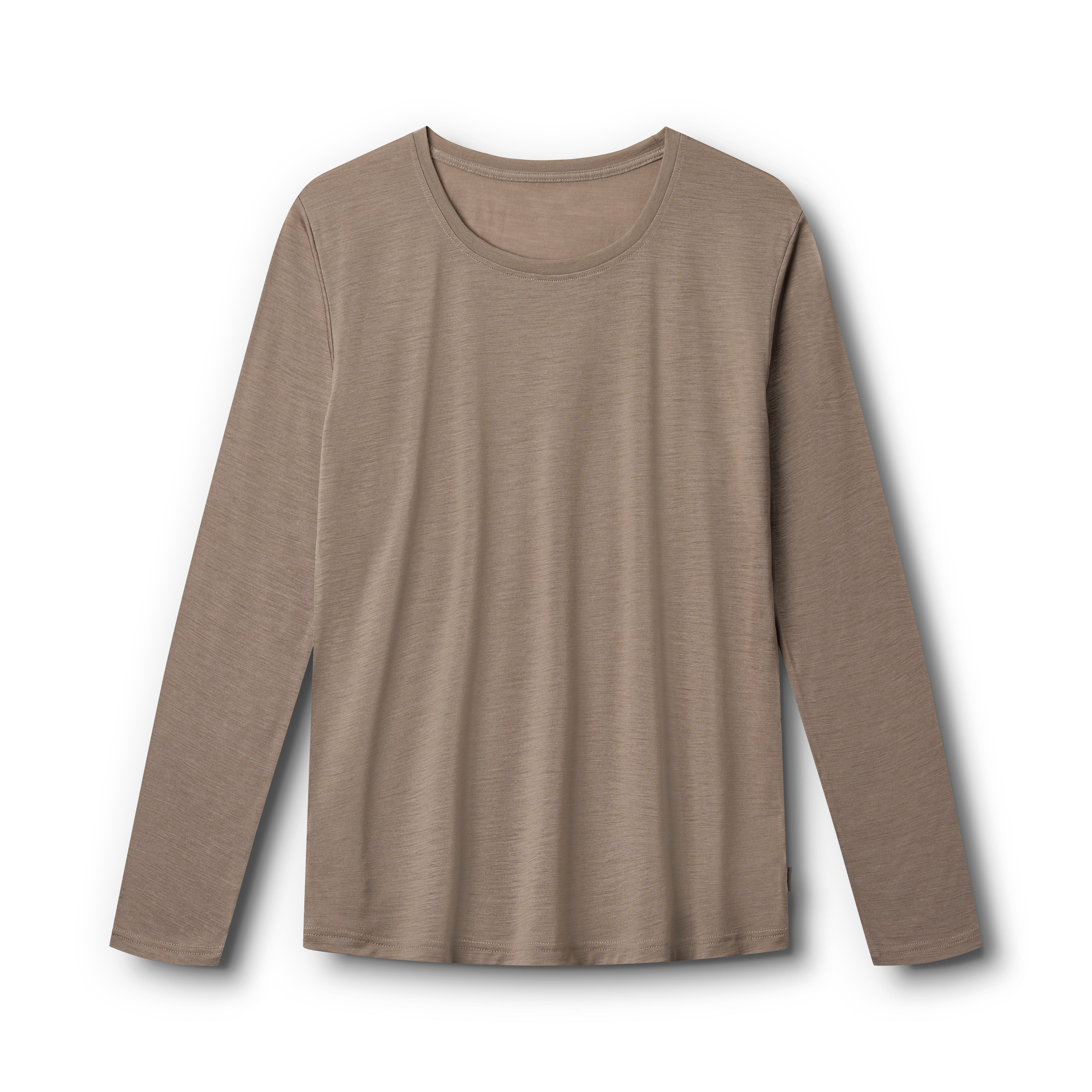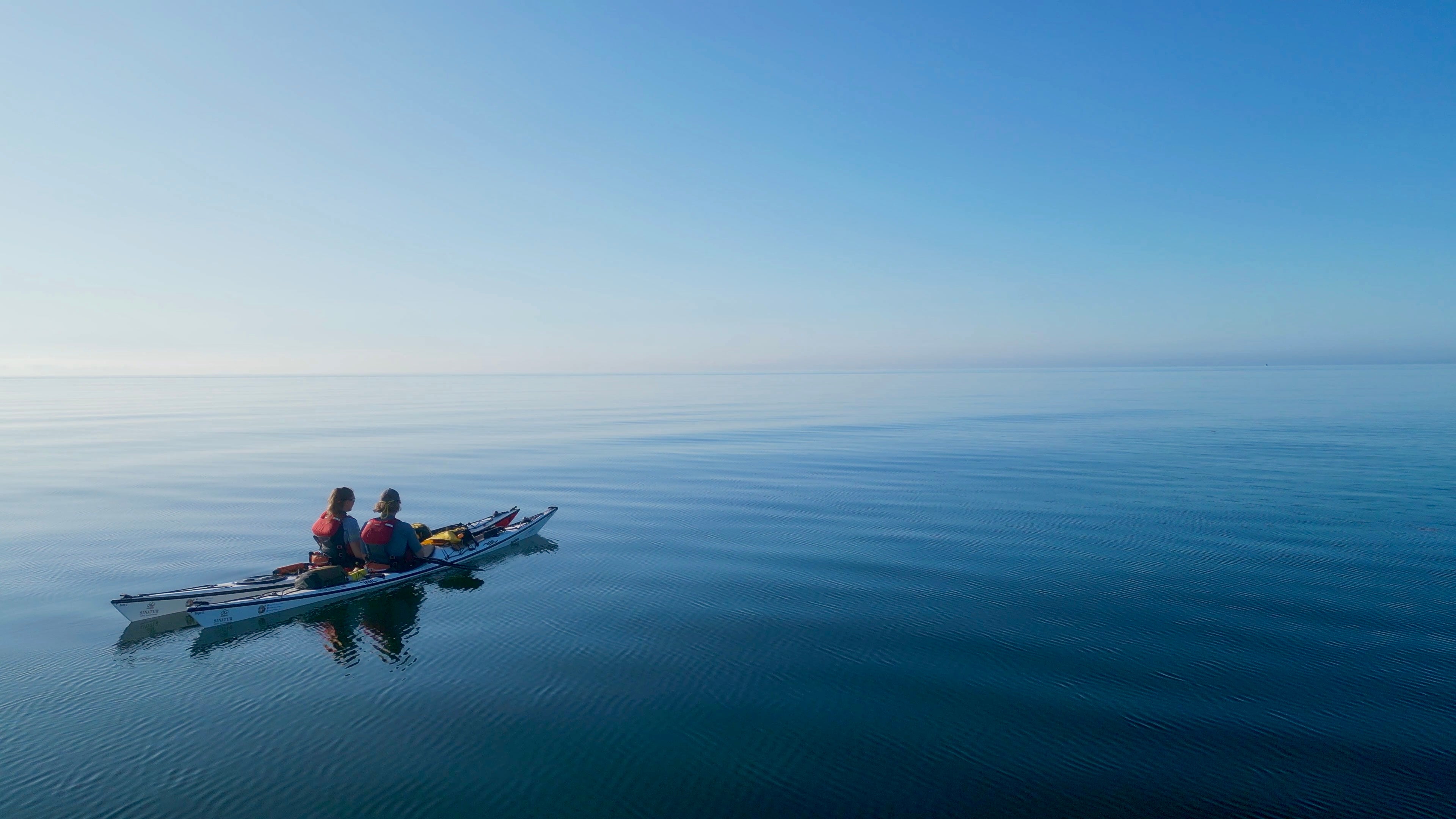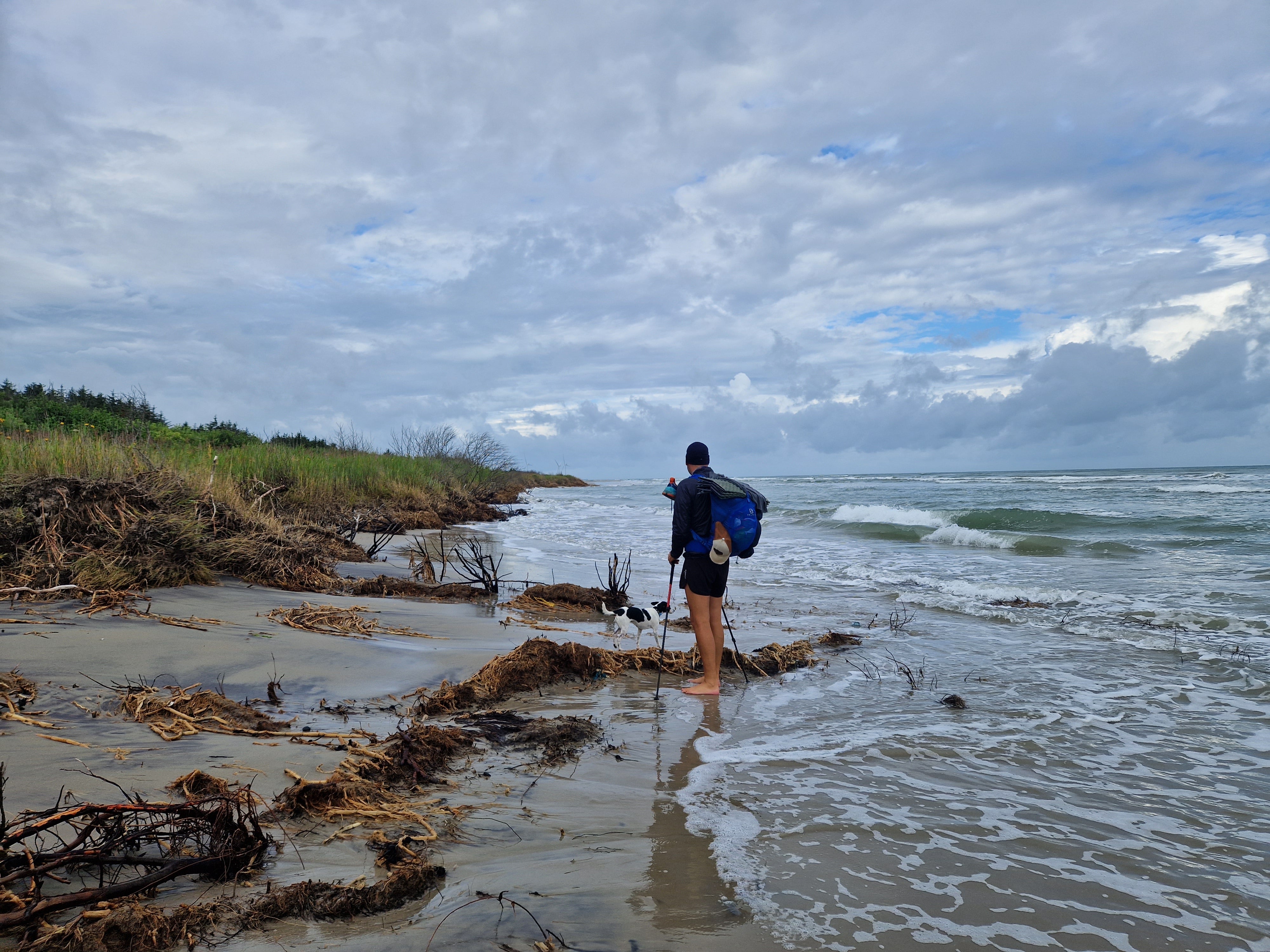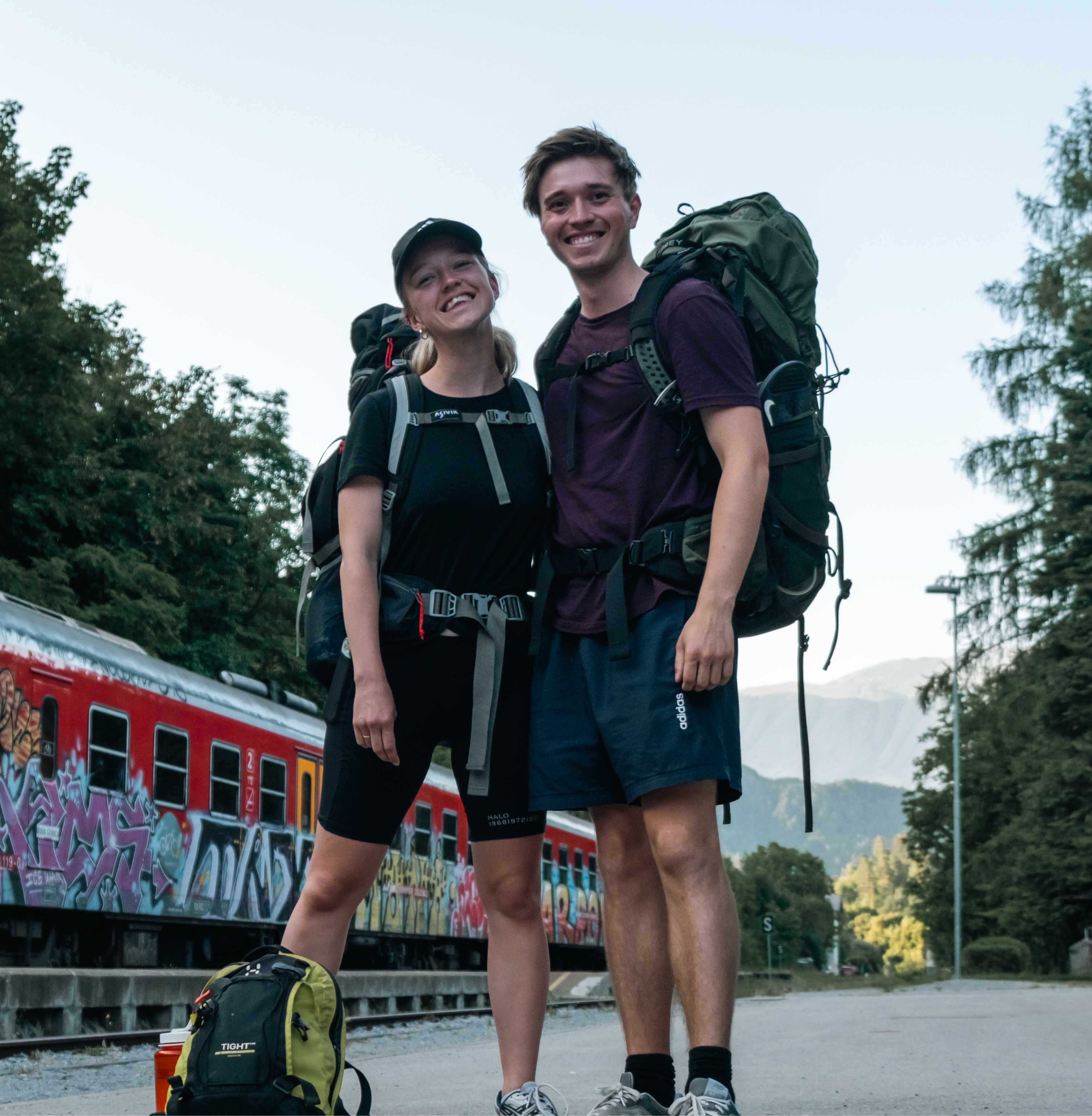When we landed in Guinea-Bissau, a small West African country on the Atlantic Ocean, we could - apart from the scorching heat - hardly have anticipated the everyday life and adventures that awaited us. The country is a former Portuguese colony and one of the poorest in the world. A country where cars seemingly get a new life, and can easily run for 15 more years, often carrying a couple of goats on the roof. Here, it always buzzes with life and music in the streets, but with a heavy air from waste fires and cooking over charcoal. Women with babies on their backs fetch water from wells, while men drive taxis or play a game of checkers under the mango trees. Children play in the streets among the many dogs, pigs, chickens, and goats. Mangoes, bananas, and peanuts are sold everywhere, where we particularly enjoy the large variety of mangoes, which vary in types according to the season.

The opportunity for an experience beyond the ordinary by living and working in a way that is different from everyday life at home was what made the decision for us. We are Anna and Martin, and we have moved to Guinea-Bissau for a year to do research. Anna is a medical student and got the opportunity for a research year at the Bandim Health Project (BHP) in Guinea-Bissau, where Martin as an economist also had the chance to work as a data analyst - both responsible for their own projects.

Guinea-Bissau is a small country with about 2 million inhabitants located between Senegal and Guinea. Around 70 percent of the population lives below the poverty line, and the country has been marked by political unrest with a civil war and several coups that have contributed to an unstable economic situation. Despite this, we are always met with joy, hospitality, and accommodating attitudes.

The weather in Guinea-Bissau is hot all year round but divided into a rainy season and a dry season. We have not yet experienced a drop of rain since we arrived three months ago, but soon the rainy season will begin, where the gravel roads reportedly become virtually impassable. Despite the drought, the country is lush with green fruit-filled trees, and outside the capital Bissau there are cashew and mango trees everywhere along the roads. The majority of the population is dependent on the harvest of cashew nuts, which is the country's largest export item. On each cashew fruit is a single cashew nut. The fruits are both edible and tasty, but due to a high tannin content, they can quickly give a dry sensation in the mouth. The fruits are also used to make local juice and wine, but a very low shelf life means that the fruits are not exported, and a large part goes to waste and rots on the ground, which gives a sweet smell when you drive along the roads.

Bandim Health Project
At the time of the country's independence from Portugal in 1974, there was a child mortality rate of 50 percent, meaning half of the children died before they reached 5 years of age. Researchers affiliated with Sweden went to Guinea-Bissau to investigate why the children were malnourished, which at the time was considered the main cause of high child mortality in Africa. To their great surprise, they found virtually no malnourished children. The country had no functioning vaccination program at the time, so when a measles epidemic broke out, the measles mortality rate was very high - almost 25 percent. The researchers subsequently managed to organize the first vaccination program as a service to the population that had been followed in the malnutrition studies. When they followed up on the children a year later, it became clear that mortality after the vaccination campaign had fallen by 2/3, which was far more than what protection against measles could explain.
These nonspecific or unintended vaccine effects - best described as a general strengthening or weakening of the immune system - have been the basis for the BHP since the early 1980s but today the BHP also deals with areas such as HIV, tuberculosis and malaria. Over time, the research station has been housed by Folkekirkens Nødhjælp, later Statens Serum Institute, but has now become part of the University of Southern Denmark. The BHP has about 160 employees who register information about pregnancies, admissions, diseases, vaccination status, death, relocation, and much more for around 250,000 residents both in and outside Bissau every day.

Anna's project takes place at the country's largest pediatric department in Bissau, where she will look at the nonspecific effects of the Bacillus Calmette Guérin vaccine, which is given to all newborns in Guinea-Bissau against tuberculosis. Here she will look at whether the combination of the mother's and child's vaccination status has significance for hospitalization and mortality among children in Guinea-Bissau. Martin's project is more data-oriented and builds on a previous study that found positive nonspecific effects of the oral polio vaccine (OPV). Here he will also use data from the pediatric department to investigate which diseases OPV protects against in order to better understand the effects of the vaccine.
We live together with other research year students, PhD students, and researchers on a daily basis. We live right in the middle of the local community, and without glass in the windows, we are always involved in what is happening. Here we live around 10 people depending on how many are on fieldwork in the villages, and how many guests we have visiting. The guests are typically family, friends, or researchers affiliated with the BHP. Water, internet, and power supply are unstable, and morning baths are typically done with a bucket. Our clothes are hand-washed by our "empragada" who also takes care of keeping our home tidy.

Not far from our home is "the project". It is BHP's head office, so we go there almost every morning and spend most of our working time. The project consists of two buildings with office spaces where we work together with local colleagues. Besides those in the office, a large part of the employees work on data collection around Guinea-Bissau.
Anna also goes to the hospital a few times a week, where she supervises the data collection of vaccination status for children and their mothers in the pediatric department. The hospital is an area of green buildings with both beautiful fruit trees and lawns, but unfortunately also waste and vultures.
Women giving birth have to lie side by side to subsequently share a bed with another new mother and her newborn child. The postpartum rooms are often crowded, and women are only discharged when they have been seen by a doctor, and the children have been vaccinated. The child reception area is also quite filled, as it serves as the first stop for all children, whether they are to be admitted or have a simple doctor's consultation. A triage system ensures that the sickest are seen first, so for a doctor's consultation, it can easily turn into many hours on wooden benches amidst crying children. Children who are admitted are placed in matching green 8-bed wards decorated with cartoon characters, where a corresponding plastic chair for relatives is placed by each bed so the family can care for the child during hospitalization.

We spend the weekends on experiences in and outside Bissau. We have already been on several trips to remote parts of Guinea-Bissau and have more trips planned, where we will also travel through Senegal and Gambia. Moreover, we plan to visit several of the Bijagos Islands, which consist of 88 islands off the coast of Guinea-Bissau. The islands are unique because the population, despite colonization, has preserved their culture and traditions. We have many experiences in store, and look forward to sharing more about our experiences in the upcoming posts!
